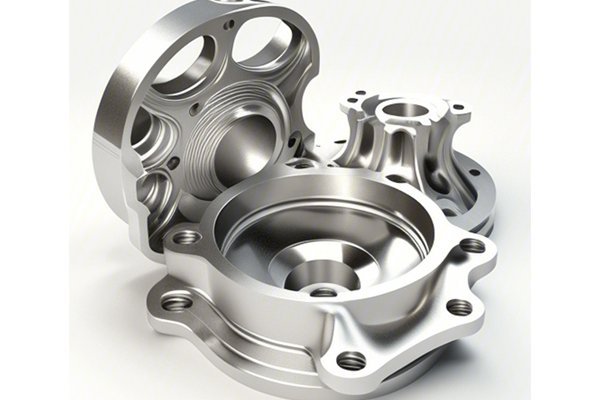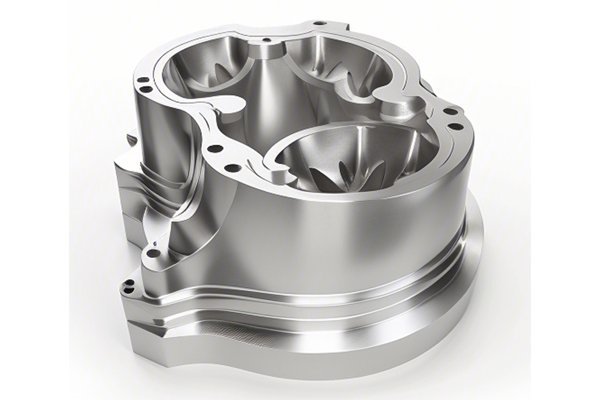Did you know that slender shaft parts are among the most challenging components to produce in CNC machining? Precision engineering often requires the production of shafts with a slender ratio of up to 20:1, which can significantly complicate the machining process. As industries evolve and demand for precision components increases, understanding how to effectively process these components has never been more important.
Slender shaft components are integral to many applications, from automotive to aerospace and beyond. However, their design often presents numerous challenges during the CNC machining process, including vibration risks, tool deflection, and accuracy concerns. In this comprehensive blog, we will delve into the difficulties associated with processing slender shaft parts, explore effective solutions to these challenges, and provide insights into best practices that can help engineers, machinists, and manufacturers enhance their production quality.
Understanding Slender Shaft Components
Before we address the difficulties in processing slender shafts, it’s essential to understand what they are. Slender shafts are elongated and typically have a small diameter relative to their length. Common examples include axles, spindles, and rotor shafts used in various machinery. Their geometry often requires high precision in production, which can be significantly impacted by the limitations inherent to CNC machining.
Challenges in Processing Slender Shaft Parts
One of the foremost challenges encountered in CNC machining slender shafts is vibration. Due to their length and low cross-sectional area, slender shafts often become prone to vibrational instability during machining processes. This can lead to:
The lengthy geometry of slender shafts also increases the risk of tool deflection, whereby the cutting tool does not maintain the desired trajectory. Factors that influence tool deflection include:
Tool deflection can lead to inaccuracies in the final product and may even compromise the mechanical properties of the shaft.
Properly securing slender shafts during the machining process can be difficult due to their geometry. If not clamped correctly, these parts may slip or move, leading to:
Due to the precision requirements and usability concerns, processing slender shafts can lead to a higher scrap rate, resulting in substantial material waste and increased costs.
Solutions to Processing Difficulties
While the challenges in machining slender shafts are significant, there are several effective solutions that engineers and machinists can incorporate to improve the overall quality and precision of their work.
Utilizing advanced software capable of generating optimized toolpaths can significantly mitigate the challenges posed by slender shaft processing. A well-optimized toolpath will:

Techniques such as adaptive toolpath strategies, which dynamically optimize machining conditions based on real-time feedback, are particularly useful in this context.
Selecting tools made with high-stiffness materials can reduce deflection, thereby aiding in maintaining more consistent tolerances. For slender shafts, consider:
Additionally, adaptive tooling systems that adjust based on machining conditions can also yield better results.
Investing in suitable workholding solutions can markedly improve stability and accuracy in slender shaft machining. Consider:
Moreover, consider using pneumatic, hydraulic, or magnetic clamping systems for consistent loading and unloading while maintaining a strong grip.
Utilizing vibration damper systems can help absorb detrimental oscillations that can arise during machining. Methods to minimize vibrations include:
Before initiating the machining process, it can be highly beneficial to run simulations. Utilizing simulation software can help predict outcomes, identify potential issues, and optimize processes accordingly. This predictive modeling can lead to:
Establishing robust quality control measures can help in early detection of issues. Through techniques such as:
You can ensure that tolerances remain within specifications throughout the machining operation.
Processing slender shaft parts presents a unique set of challenges that require intricate solutions. From managing vibrations and tool deflection to ensuring optimal workholding and utilizing advanced tooling, the difficulties in this realm can be effectively tackled with the right knowledge and tools.
By implementing the solutions discussed, manufacturers can enhance their precision machining quality, reduce scrap rates, and ultimately deliver superior products. As industries continue to push the boundaries of innovation, it’s crucial for those in the machining sector to continually enhance their techniques and methodologies. With a relentless focus on quality and efficiency, the remarkable potential of slender shaft processing can be fully realized.
In conclusion, understand that the complexities involved in machining slender shafts not only impact production efficiency but material costs and quality as well. Therefore, it is essential for engineers and operators alike to continually reflect on and adapt their techniques as the industry progresses. The intricacies of slender shaft machining present opportunities for innovation and advancement, making them a relevant and important subject in today’s manufacturing landscape.






